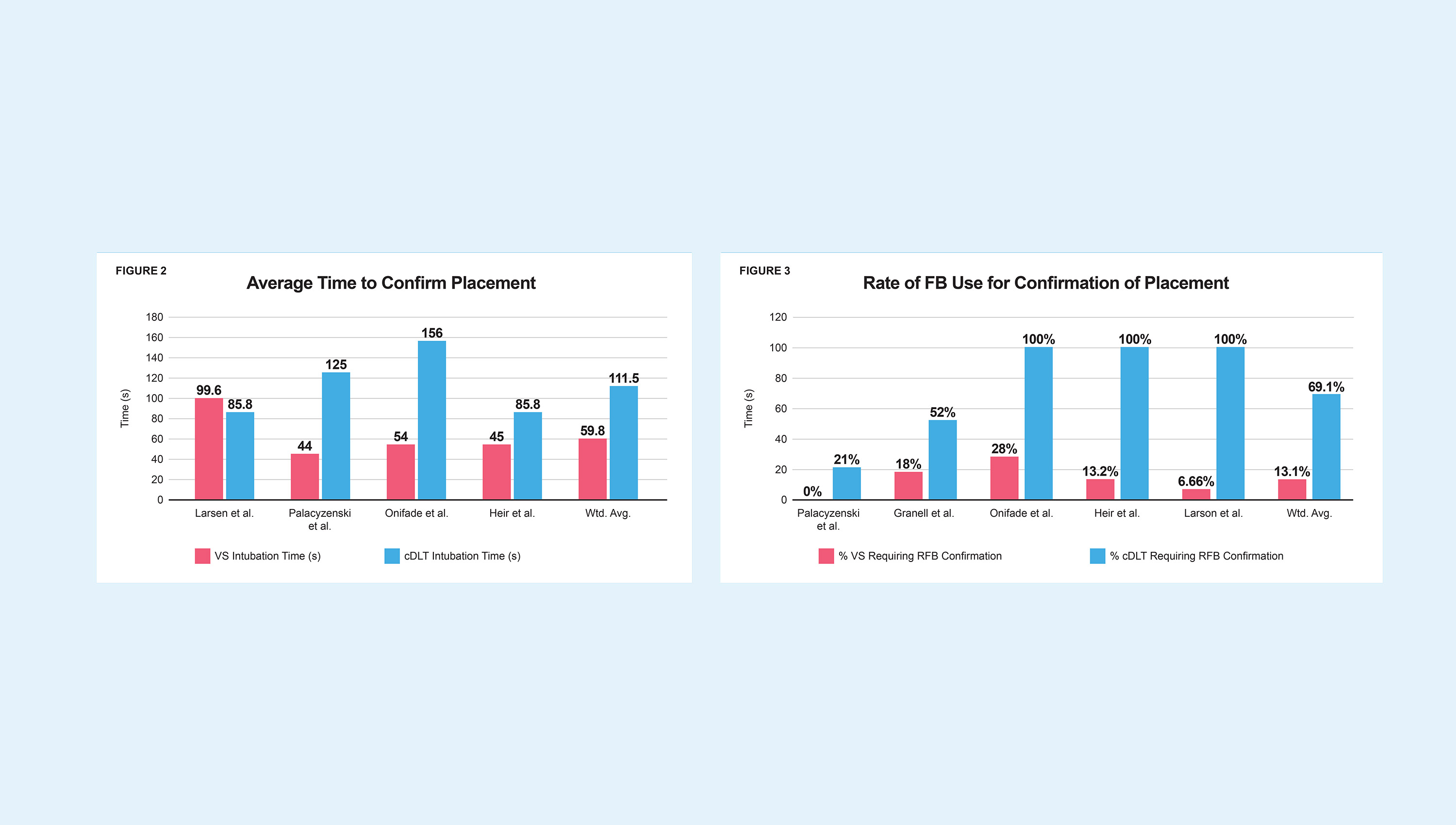
From his first days practicing medicine, Dr. Bruce Campbell always looked for ways to integrate his day job with writing.
Writing helped the now retired head and neck surgeon, from the Medical College of Wisconsin, see connections and made him a better doctor, he said in a recent interview with ENTtoday.
“The process of haphazardly pouring words onto a page — and then sorting through them to make some sense of things — has enriched my life,” Campbell says in the introduction to his book, A Fullness of Uncertain Significance: Stories of Surgery, Clarity & Grace.
The motivations for other otolaryngologists are different, but the outcomes in terms of marketable books are the same.
Where do these doctors-turned-authors find the time?
Well, there plenty of minutes to mine between short surgeries, one claims. And, of course, there are always nights and weekends.
It turns out otolaryngologists are not the only physicians who have turned a writing passion into books. The late Michael Crichton, who sold more than 200 million books, translated into 38 languages, was a student at Harvard Medical School when he penned his first novel.
“You are making an incision when you sit above a blank page,” said Dr. Richard A. Selzer, a Yale-trained physician who has authored 13 books of essays and short stories, in a Yale Medicine Magazine story that also documents careers of several fellow physician authors. “Call it blood and ink. That’s the story of my life.”
Dr. Gayle Woodson, a professor emeritus and former chair of otolaryngology at the Southern Illinois University School of Medicine, branched out into novels after writing Ear, Nose and Throat Disorders for Primary Care Providers.
Woodson, completing her second novel, explained to ENTtoday her rationale for switching to novel writing.
“If you write an article in a professional journal, you’re essentially preaching to the choir of people who already think about these things,” she said in the interview. “If you slip it into a book, you have an opportunity to educate a different population.”


